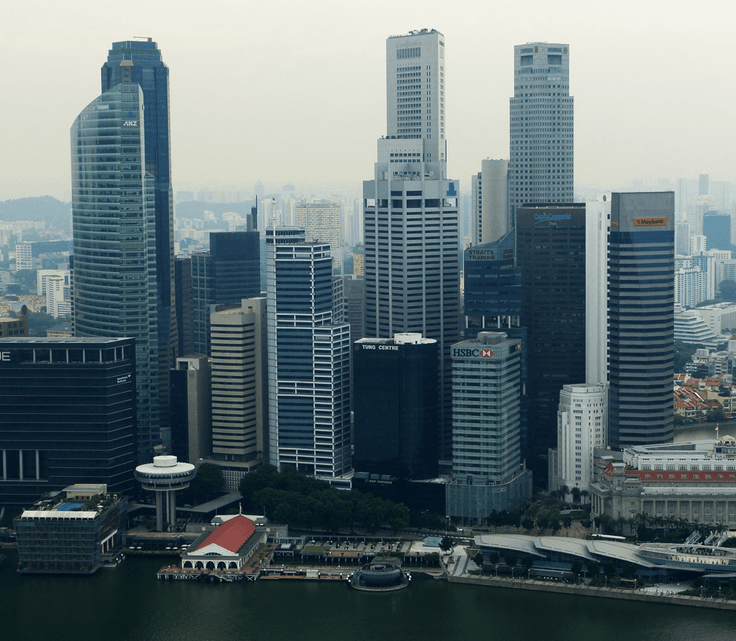The US economy slowed more than forecast at the start of the year, as a strong dollar hurt exports and corporate earnings, while personal spending also waned.
US GDP expanded 0.2% annually in the first quarter, following a 2.2% increase in the fourth quarter of last year, the Department of Commerce reported on Wednesday. The reading was well below forecasts, which called for a 1% increase.
Consumer spending weakened in the first quarter, likely resulting from severe weather and declining oil prices. Personal consumption expenditures, which represent more than two-thirds of US GDP, rose just 1.9% annually in the first quarter following an increase of 4.4%.
Exports of goods and services plunged 7.2% in the first three months of 2015, compared to a 4.5% gain in the fourth quarter. Imports, which subtract from gross domestic product, increased only 1.8% following a 10.4% gain in the previous quarter.
Business inventories added 0.74 percentage point to first quarter growth after subtracting 0.1 percentage point from Q4 GDP, official data showed. Private businesses increased inventories by $110.3 billion in the first three months of the year.
The government will release a second estimate of Q1 GDP, which is based on more complete data, on May 29. The Commerce Department will issue its third and final estimate of Q1 GDP at the end of June.
Wednesday’s report suggests the US economy is suffering the ill-effects of a stronger dollar. The US dollar, which has weakened considerably over the past two weeks, maintained its bullish edge for much of the first quarter. The impact of a stronger local currency is also being observed on Wall Street, as companies have reported weaker quarterly earnings over last year.
Disappointing GDP figures will probably ease pressure on the Federal Reserve to begin adjusting interest rates. The minutes of the March Federal Open Market Committee meetings showed that officials were divided on whether June was an appropriate time to begin raising interest rates. Weak GDP data will probably keep the Fed on the sidelines for a while longer. Analysts suggest interest rates could remain at record lows until September at the earliest.
Tradersdna is a leading digital and social media platform for traders and investors. Tradersdna offers premiere resources for trading and investing education, digital resources for personal finance, market analysis and free trading guides. More about TradersDNA Features: What Does It Take to Become an Aggressive Trader? | Everything You Need to Know About White Label Trading Software | Advantages of Automated Forex Trading









